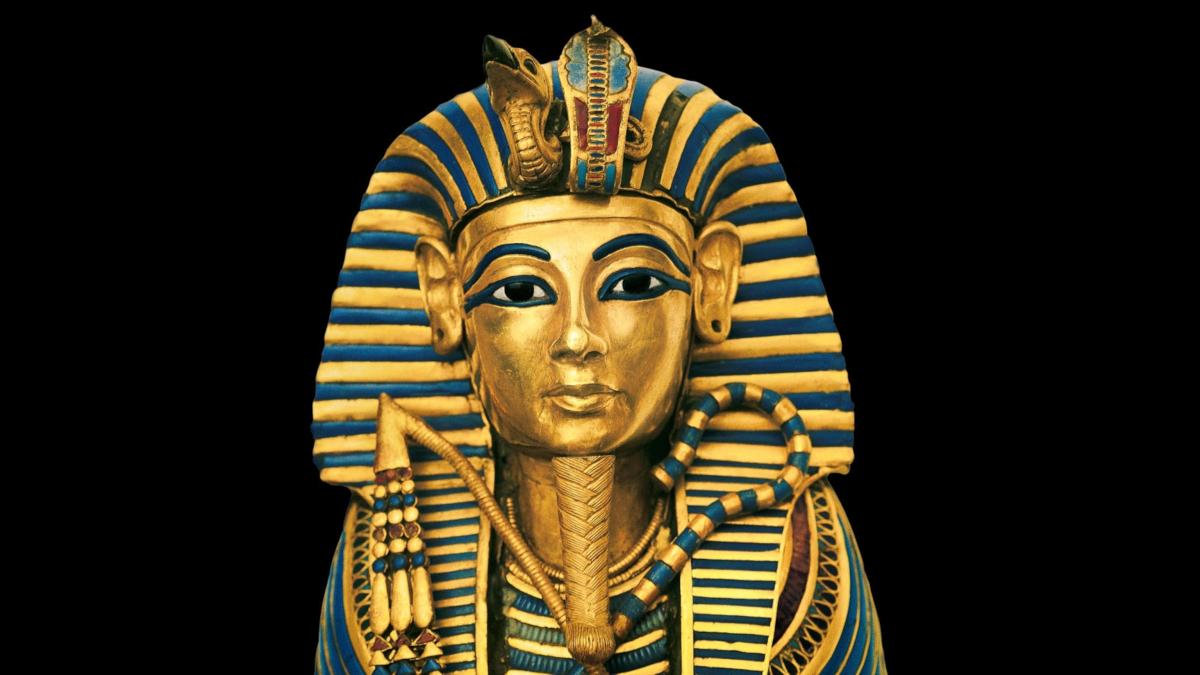
A Journey to Egypt: Secrets of Tutankhamun, the Golden Pharaoh
Our journey begins in Cairo, the bustling capital of Egypt, a city where modernity and tradition breathe side-by-side. From the moment you arrive at the airport, you feel you've entered a different world. The scent of fragrant spices, the sound of the Adhan from mosque minarets, and the hustle and bustle of the streets all indicate that this city is the beating heart of Egypt.
Our first stop in Cairo is the Egyptian Museum, a place where it seems the entire history of the Pharaohs is gathered. This museum is not just a place to display ancient artifacts, but a true treasure trove of ancient Egyptian culture and art. From the mummies of pharaohs to jewelry and everyday objects from that era, everything is on display here. But the highlight of this museum is undoubtedly the collection of Tutankhamun's treasures.
Tutankhamun: The Boy Pharaoh, An Everlasting Legacy
The name Tutankhamun has always been associated with mystery, grandeur, and splendor. He was a pharaoh who ascended to the throne at a very young age, a child who suddenly took the reins of the vast Egyptian empire. He was born around 1342 BC, during a time when Egypt was at the peak of its power and civilization. His father was Akhenaten, a revolutionary pharaoh known for his religious revolution, replacing the traditional gods of Egypt with the worship of Aten, the sun disc. These religious changes marked a period of turbulence and transformation in Egypt.
Tutankhamun's mother is not yet definitively identified, but some researchers speculate that she was Queen Nefertiti, Akhenaten's principal wife. Nefertiti was renowned for her beauty and political influence, playing a significant role in Akhenaten's court. In any case, Tutankhamun's childhood was spent amidst these religious changes and upheavals.
At the age of nine, after the sudden death of his father and the succeeding pharaoh, Tutankhamun ascended to the throne. Imagine, a nine-year-old child on the seat of power! During this period, influential advisors and courtiers, such as the Grand Vizier Ay and General Horemheb, played a key role in running the affairs of the state. These powerful individuals essentially held the reins of government and assisted the young pharaoh in decision-making.
A Short Reign, A Return to Traditions
Tutankhamun's reign lasted only about nine years, but in this short time, he implemented significant changes in Egypt. One of his most important actions was the return to ancient Egyptian traditions. He moved the capital from Akhetaten, a city his father had built as the new capital, back to Thebes, the traditional capital of the pharaohs. Thebes was an ancient and sacred city, home to grand temples and magnificent palaces. The relocation of the capital to Thebes indicated a return to the roots and traditional values of Egypt.
Tutankhamun also revived the worship of Amun, the chief deity of Thebes and the king of the gods of ancient Egypt, which had been forbidden by his father. The worship of Amun dated back to the pre-Akhenaten era and was rooted in the deep-seated beliefs and faiths of the Egyptian people. The revival of Amun's worship signaled the end of Akhenaten's religious revolution and a return to traditional Egyptian religion. His original name, Tutankhaten, meaning "Living Image of Aten," was changed after the return to traditional religion to Tutankhamun, meaning "Living Image of Amun." This name change was symbolic of the political and religious shift of his era.
Mysterious Death, A Tomb Full of Treasures
Around 1323 BC, Tutankhamun died mysteriously at the age of nineteen. The exact cause of his death is still a mystery, and various theories have been put forth. Some researchers believe he died from illness or an accident, while others suggest possible murder. Recent examinations of his mummy have indicated that he likely died due to a leg fracture and subsequent infection, but there is still no certainty in this matter.
The most significant event after Tutankhamun's death was the discovery of his amazing tomb in 1922 AD. Howard Carter, a British archaeologist, after years of searching and excavating in the Valley of the Kings, was able to discover Tutankhamun's tomb. This discovery is considered one of the greatest and most important archaeological finds of the 20th century.
Tutankhamun's tomb, unlike many other pharaonic tombs that had been looted by robbers, remained almost untouched. This tomb contained an unparalleled treasure trove of ancient artifacts. More than five thousand pieces of gold, jewelry, precious objects, furniture, chariots, clothing, and weapons were found in this tomb. Among these treasures, Tutankhamun's famous golden mask, which was placed on his mummy's face, achieved global fame. This mask is a masterpiece of ancient Egyptian art and a symbol of the grandeur and majesty of the pharaohs.
The Pharaoh's Curse: Legend or Reality?
The discovery of Tutankhamun's tomb quickly became a hot topic in the media. But soon, rumors about the "Pharaoh's curse" also spread. It was said that individuals involved in the discovery of the tomb died for unknown and mysterious reasons. Lord Carnarvon, the financial backer of the excavations, died a few months after entering the tomb due to an infection from an insect bite. His death, and that of a few others associated with the excavation, caused the legend of the Pharaoh's curse to rapidly spread among the public.
Some believed that these deaths were due to the curse of the pharaohs, punishing anyone who disturbed their eternal rest. Others attributed these deaths to radiation or microbes emanating from the objects in the tomb. However, there is no sufficient scientific evidence to prove the existence of the Pharaoh's curse. It seems that these rumors were more for media and publicity purposes, adding to the allure and mystery of the Tutankhamun story.
Lasting Legacy: The Splendor of Ancient Egypt in Museums
Tutankhamun, although considered an unimportant pharaoh during his lifetime, had his name forever immortalized in history by the discovery of his tomb. Today, his artifacts and treasures are displayed in reputable museums around the world, especially in the Egyptian Museum in Cairo, captivating millions of visitors from across the globe.
Visiting these artifacts is an exceptional opportunity to journey into the past and become acquainted with the culture and art of ancient Egypt. The golden mask, chariots, jewelry, and other objects from the tomb are not just ancient pieces, but symbols of the grandeur, majesty, and mystery of the pharaonic civilization.
The story of Tutankhamun's life and death is a captivating and enigmatic tale that continues to draw us in, even centuries later. A trip to Egypt and a visit to his tomb and artifacts is a unique experience that opens a window into the mysterious world of the pharaohs and the ancient history of Egypt.
Journey to the Valley of the Kings: In Search of Pharaohs' Tombs
After visiting the Cairo Museum, our journey continues south to the ancient city of Luxor (ancient Thebes). Luxor, a city that was once the capital of Egypt, houses countless temples and ancient sites. Among the most important attractions of Luxor is the Valley of the Kings, a place where the powerful pharaohs of Egypt were buried.
The Valley of the Kings is a dry and desert valley west of the Nile River. This location was chosen for the construction of pharaohs' tombs due to its remote and inaccessible location. The pharaohs of ancient Egypt believed that after death, another life began in the underworld, and for this new life, they needed magnificent tombs full of treasures.
Tutankhamun's tomb is one of the most famous tombs in the Valley of the Kings, but there are also other pharaohs' tombs in this valley, each with its own story and mystery. Colorful and detailed wall paintings, hieroglyphic inscriptions, and the amazing architecture of the tombs all demonstrate the unparalleled art and civilization of ancient Egypt.
The Magnificent Temples of Luxor: Karnak and Luxor, Embodiments of the Power of the Gods
In Luxor, there are also magnificent temples that are another part of our journey to ancient Egypt. The Karnak Temple, the largest religious temple in the world, and the Luxor Temple, are the two main and important temples of this city.
The Karnak Temple is a vast complex of temples, halls, columns, and statues that has been built and expanded over centuries by various pharaohs. The Great Hypostyle Hall of the Karnak Temple, with its massive columns and high ceiling, is one of the most amazing parts of this temple.
The Luxor Temple, located in the center of Luxor, is dedicated to the gods Amun, Mut, and Khonsu. This temple, beautifully illuminated at night, takes on a special and dreamy appearance.
A Journey to Egypt: A Voyage into the Depths of History and Culture
A trip to Egypt is not just about visiting historical and ancient sites, but also a cultural experience. Getting to know the warm and hospitable people of Egypt, tasting delicious Egyptian cuisine, and strolling through traditional markets are all parts of this experience.
In traditional Egyptian markets, you can find all kinds of spices, perfumes, fabrics, handicrafts, and colorful souvenirs. Egyptian mint tea, Arabic coffee, and delicious pastries are among the foods you should definitely try on a trip to Egypt.
A trip to Egypt is a journey whose memories will remain in your mind forever. A journey into the world of the pharaohs, to the land of pyramids and temples, to the heart of ancient Egyptian history and culture. If you ever have the opportunity to travel to Egypt, don't miss this trip under any circumstances. Visiting Tutankhamun's tomb, the temples of Luxor and Karnak, and walking among the ancient sites of this land will be a unique and unforgettable experience. This journey will not only introduce you to the history and culture of Egypt, but will also change your perspective on the world and human civilizations. Egypt is a land that must be seen and experienced.
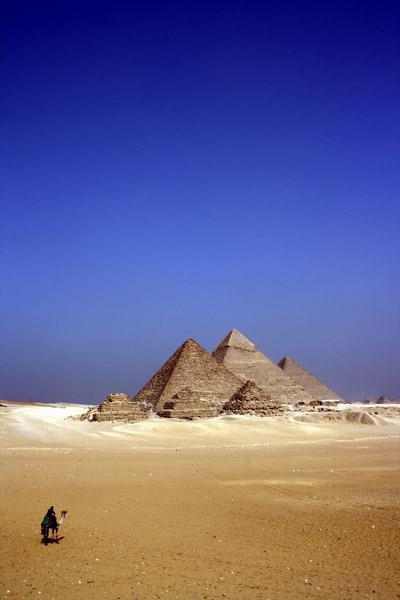
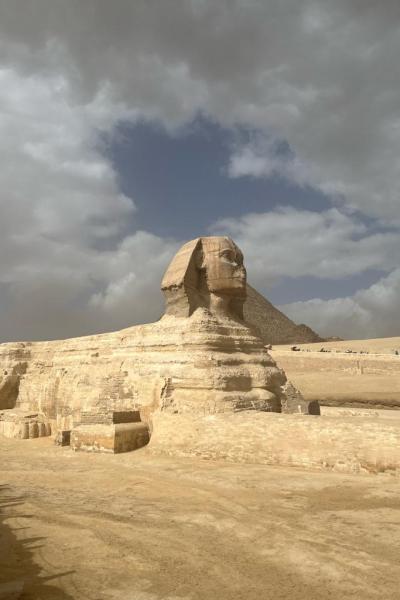
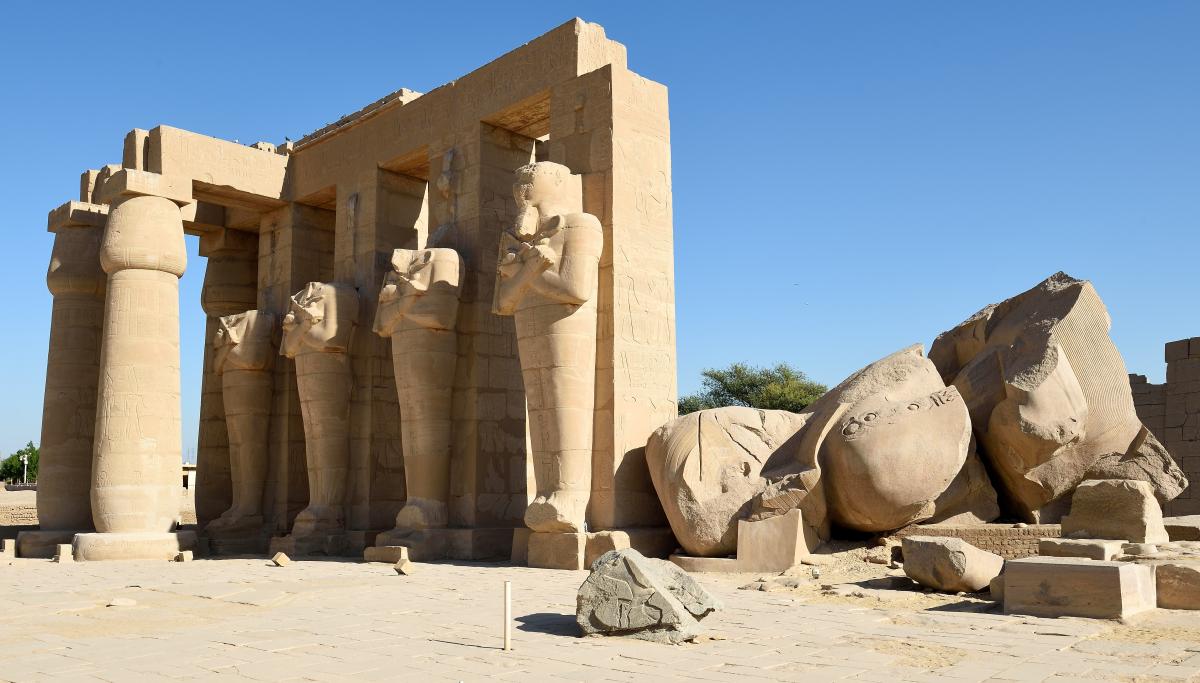
Across the Nile River from the bustling modern city of Luxor lies a landscape of dramatic dualities that shaped the beliefs and lives of the ancient Egyptians . The West Bank presents a stark transition from a verdant, life-giving floodplain, created by millennia of the Niles annual deposit of fertile...
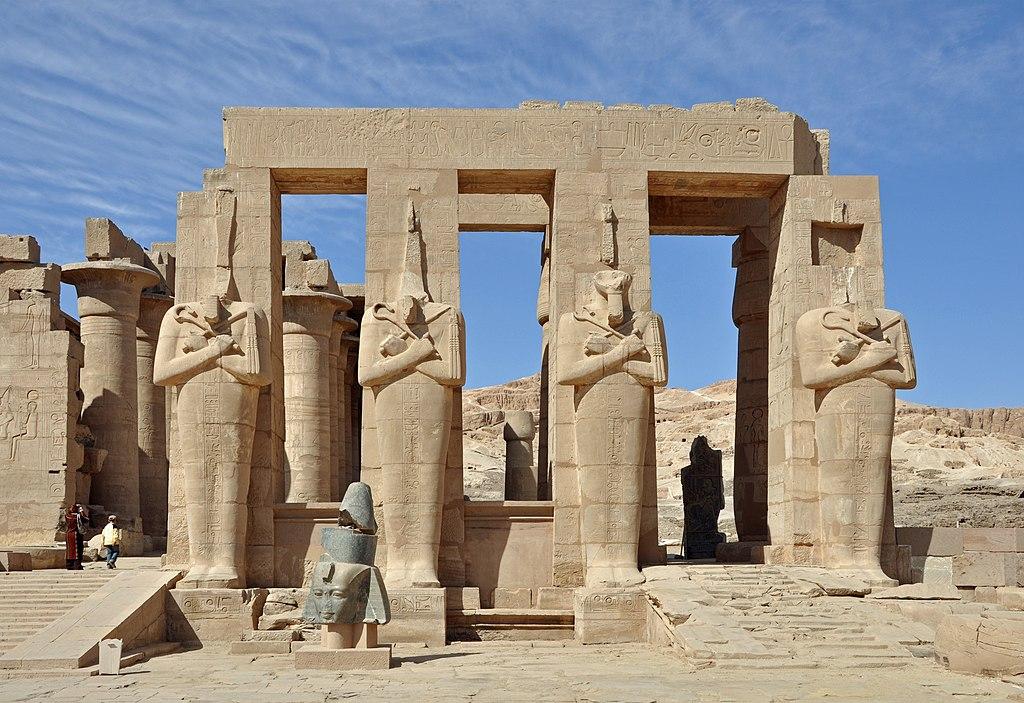
The Ramesseum Temple is a grandiose monument located in Luxor, Egypt. Built by Ramses II during the 19th Dynasty of ancient Egypt, it was designed as an homage to the great pharaoh and his accomplishments. The temple complex consists of two main structures: a large pylon gateway and a hypostyle hall...
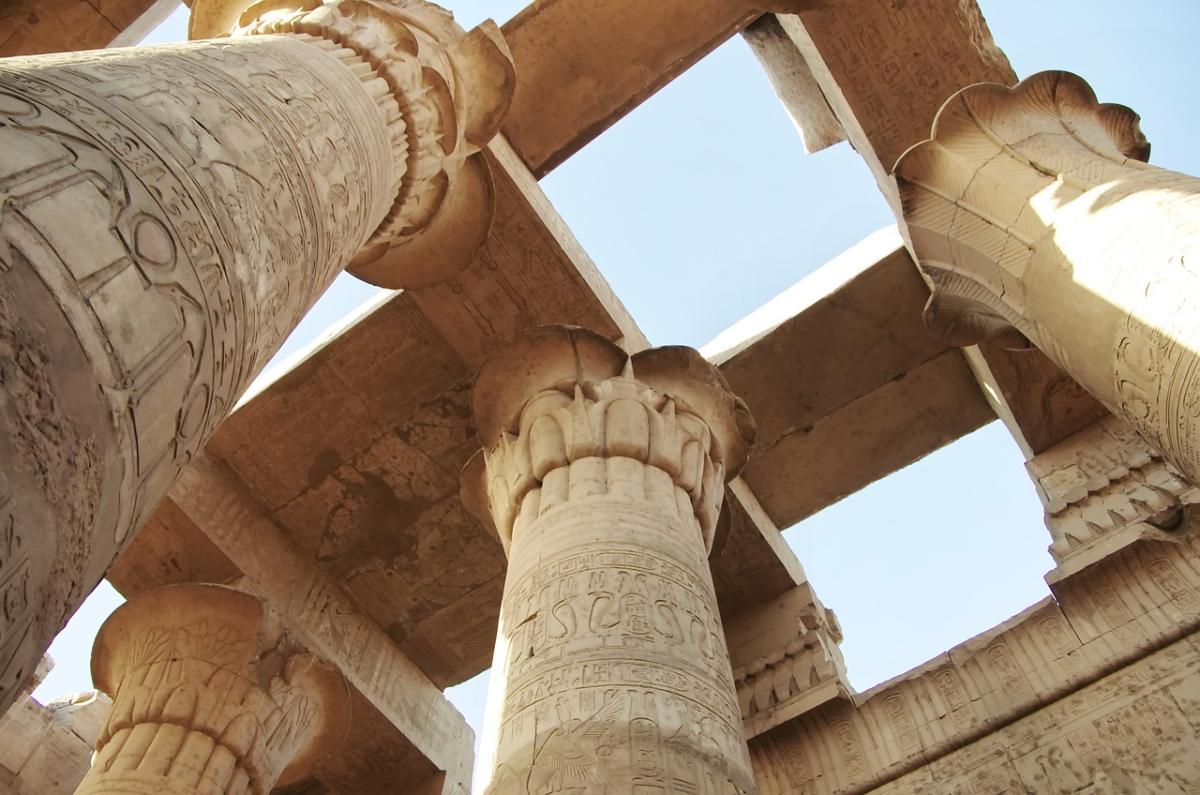
Karnak Temple is one of the most awe-inspiring ancient sites in Egypt. Located near Luxor, Karnak was once a bustling religious center dedicated to the god Amun and his consort, Mut. Dating back thousands of years, this incredible temple complex has been gradually built up over time by generations of...